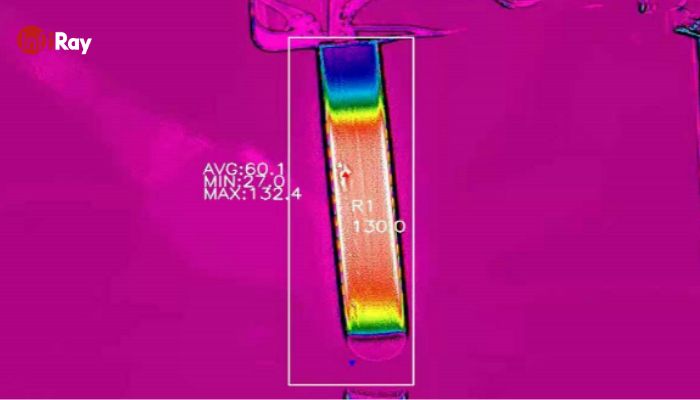Why Does Thermal Imaging Module Help in Scientific Research?

In the realm of scientific research, the quest for innovative tools that can unlock new understandings and enhance precision is never-ending. Among these, thermal imaging technology stands out as a pivotal asset, offering insights that were once beyond reach. This article delves into the essence of thermal imaging modules and elucidates their invaluable contribution to scientific research.
Understanding Thermal Imaging Module
At its core, thermal imaging, thermal imaging is a technique that captures the heat emitted by objects to create an image of its temperature distribution. Unlike traditional cameras that rely on visible light, thermal imaging modules operate on the infrared spectrum. This fundamental difference allows them to visualize heat even in total darkness, providing a unique perspective that is crucial for various scientific applications.
Advantages of Thermal Imaging Module in Scientific Research
The non-invasive nature of thermal imaging is one of its most compelling advantages. It enables researchers to observe and measure thermal properties without altering or damaging the subject of study. This is particularly beneficial in fields like biomedical research, where the well-being of the subject is paramount.
Moreover, thermal imaging module allows for the capture of real-time data. This capability is invaluable in dynamic environments where conditions change rapidly, such as in environmental studies of climate change or volcanic activity. The high precision and reliability of thermal imaging further bolster its utility in scientific research, ensuring that the data collected is both accurate and dependable.
Another notable advantage is its versatility. Thermal imaging can be applied across a wide array of scientific fields, from environmental and earth sciences to biomedical research and engineering. This adaptability underscores the technology’s significance in the scientific community.

Key Applications of Thermal Imaging Module in Scientific Research
In environmental and earth sciences, thermal imaging plays a crucial role in monitoring climate change and studying volcanic activity. By capturing temperature variations over time, researchers can gain insights into environmental trends and natural phenomena.
Biomedical research benefits from thermal imaging module in disease diagnosis and metabolic studies. The technology’s ability to detect subtle changes in body temperature can reveal underlying health issues, making it a powerful diagnostic tool.
In the realm of engineering and material science, thermal imaging is used to evaluate structural integrity and analyze heat distribution. This application is critical in ensuring the safety and efficiency of buildings and machinery.
Future of Thermal Imaging Module in Scientific Research
The future of thermal modules in scientific research is bright, with emerging trends pointing towards even more sophisticated applications. Advances in technology are making thermal imaging devices more accessible and easier to use, opening up new possibilities for research and innovation. However, challenges remain, such as the need for enhanced resolution and sensitivity in thermal cameras. Overcoming these limitations will be crucial in unlocking the full potential of thermal imaging in scientific research. Push the boundaries of infrared technology with InfiRay and get research support here.
Thermal imaging technology has proven to be an indispensable tool in scientific research, offering a unique perspective that enhances understanding and precision. Its non-invasive nature, ability to capture real-time data, and versatility across various fields underscore its value to the scientific community. As technology advances, the applications of thermal imaging are set to expand, promising new discoveries and innovations in the pursuit of knowledge.











